Top 14 Islands Where Tourists Leave Disappointed
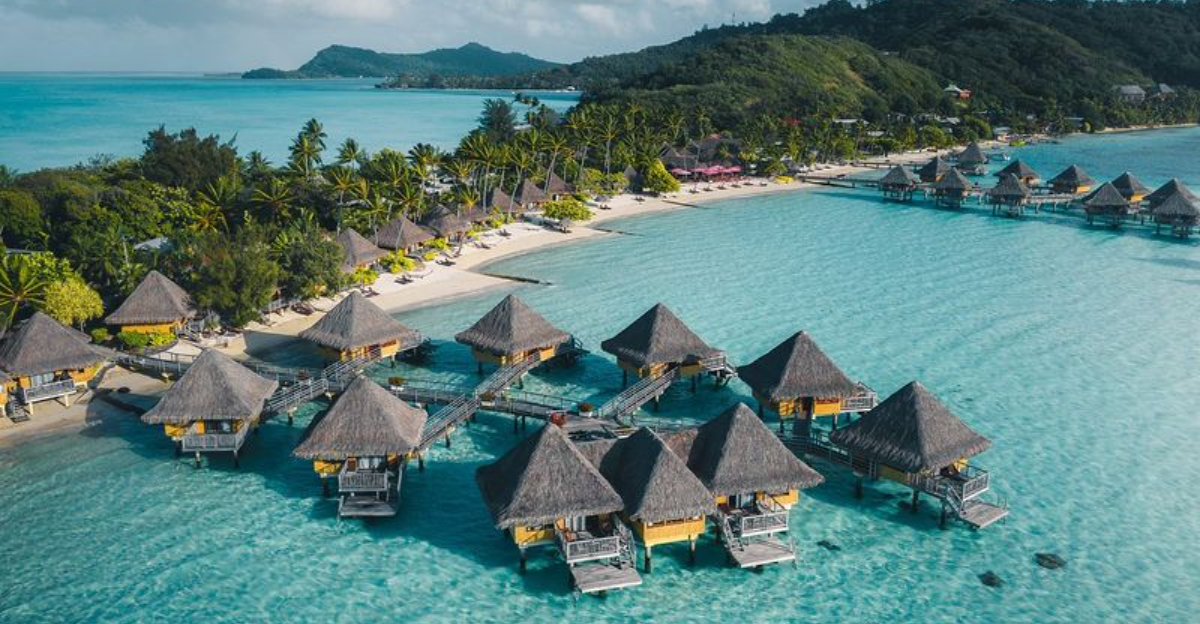
We’ve all seen those dreamy island photos—white sand, turquoise waters, hammocks swaying in the breeze. But reality doesn’t always match the hype. Some islands, despite their fame, leave visitors underwhelmed with sky-high prices, overbuilt resorts, or beaches packed shoulder-to-shoulder.
Maybe you’ve been there too—expecting peace and paradise, only to face long queues, inflated costs, or plastic-strewn shores. In this post, I’m diving into 14 islands that might not be worth the splurge, especially if you’re after authenticity or serenity.
Of course, beauty is subjective—but a little honest insight might save you from booking your next big letdown. Curious which islands made the list?
1. Bali, Indonesia: Instagram vs. Reality

Trash-strewn beaches weren’t what you pictured when booking your Bali vacation, right? The island’s explosive popularity has led to severe overtourism, with once-pristine areas now struggling with garbage problems and polluted waters.
Traffic jams are legendary here, turning short trips into hours-long ordeals. Many visitors spend more time stuck in cars than enjoying those famous rice terraces.
Temple visits often feel like photoshoots rather than cultural experiences, with long lines of tourists waiting for the perfect social media moment. The Bali of travel magazines increasingly exists only in carefully cropped photos.
2. Santorini, Greece: Cruise Ship Invasion

Those dreamy white-and-blue villages perched on cliffs? They’re actually packed shoulder-to-shoulder with thousands of cruise ship passengers during peak season. Finding space for that perfect caldera view photo becomes a competitive sport.
Prices here shock even prepared travelers. A simple meal costs triple what you’d pay on other Greek islands, while accommodations with those famous views command astronomical rates.
Walking through Oia becomes an exercise in patience as narrow pathways fill with tour groups following guides with raised flags. Many visitors leave wondering if battling these crowds was worth it for a sunset that’s beautiful but viewable from many less crowded Mediterranean spots.
3. Boracay, Philippines: Rehabilitation Incomplete
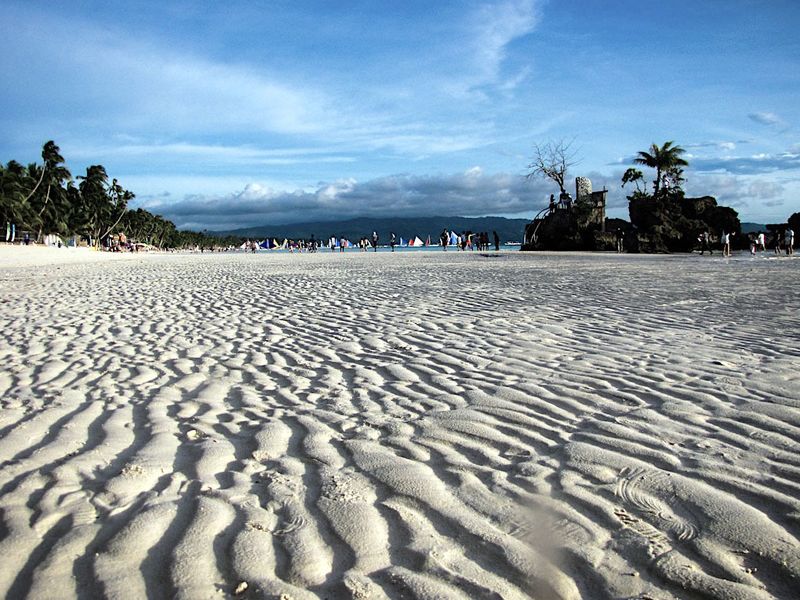
After closing for six months in 2018 for environmental rehabilitation, Boracay promised a return to paradise. Unfortunately, many tourists find the cleanup efforts haven’t fully restored this once-pristine island.
Beach vendors still aggressively hawk massages, boat rides, and souvenirs, making relaxation difficult. Though regulations exist, enforcement remains spotty, and the commercial atmosphere persists despite promises of a more natural experience.
Sewage problems haven’t been completely resolved, with some visitors reporting unpleasant smells in certain areas. The island’s small size means you quickly run out of activities after a few days, leaving many wondering why they chose Boracay over other Philippine islands with fewer tourists and more authentic experiences.
4. Maldives: Artificial Resort Islands
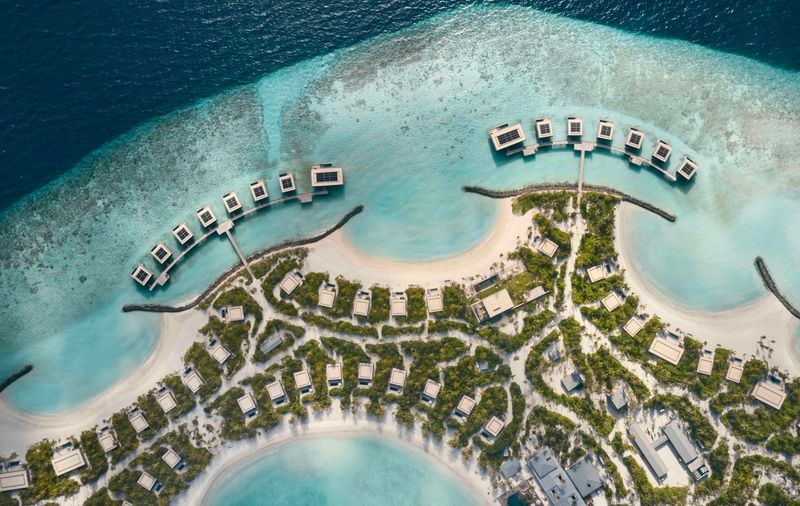
Did you know many Maldives resorts are completely artificial environments? Visitors expecting authentic island culture find themselves in manufactured experiences designed solely for tourists, with little opportunity to experience real Maldivian life.
Weather disappointments hit hard when you’ve paid thousands for overwater bungalows. Rainy seasons bring consecutive days of downpours, leaving guests trapped in small rooms watching rain fall into turquoise waters they can’t enjoy.
Activities quickly become repetitive – snorkeling, diving, eating, repeat. After a few days, boredom sets in for many visitors, especially those who don’t dive. With astronomical prices for everything from water bottles to excursions, the value proposition leaves many questioning their choice.
5. Maui, Hawaii: Wallet-Draining Paradise
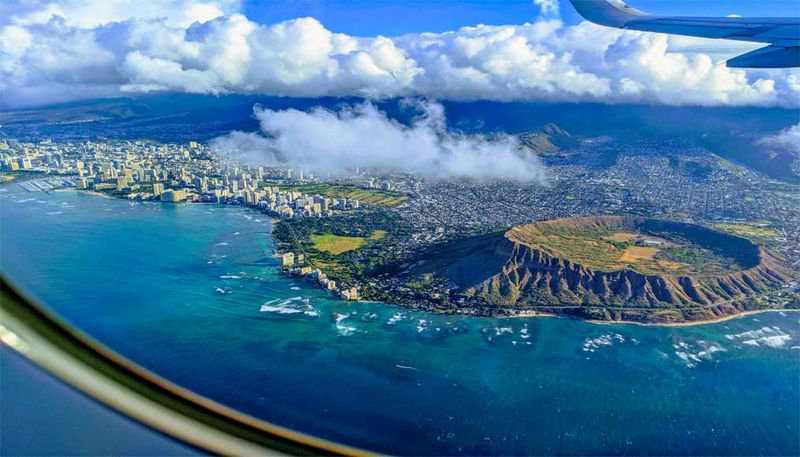
Your wallet thins faster than expected in Maui, where sticker shock hits visitors hard. Basic groceries cost two to three times mainland prices, while restaurant meals routinely exceed $100 for a family of four without alcohol.
Traffic congestion along the Road to Hana and other popular routes turns paradise into parking lots during peak hours. Many tourists spend precious vacation days staring at brake lights instead of waterfalls.
Resort areas like Kaanapali and Wailea create artificial bubbles that feel more like California than Hawaii. Cultural authenticity becomes hard to find amid chain restaurants and high-end shopping centers targeting wealthy visitors. The Hawaii of your imagination exists in pockets, but you’ll need to work hard to find it.
6. Mykonos, Greece: Party Island Price Gouge
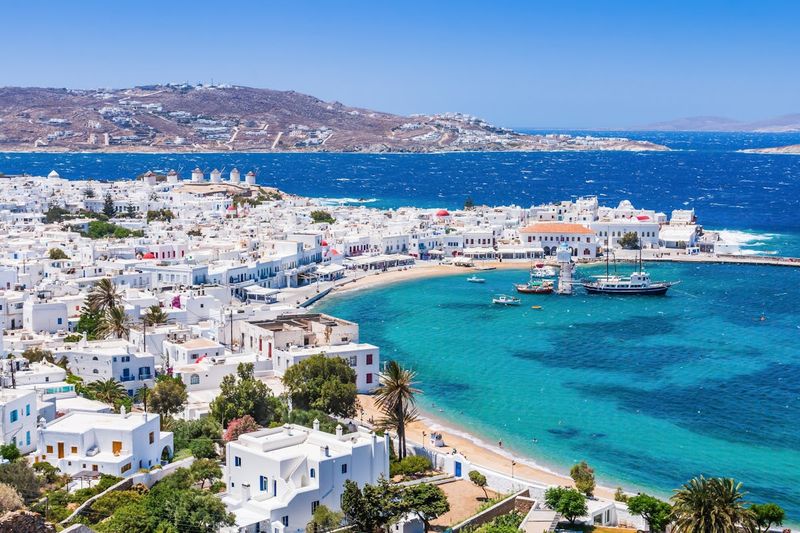
Mykonos shocks visitors with its extraordinary price tags – €20 for a beer, €100+ for beach chairs, and €1000+ for a modest hotel room during peak season. The island seems designed to extract maximum euros from everyone who steps foot on its shores.
Beach clubs have essentially privatized the coastline, making it nearly impossible to enjoy the famous shores without paying steep entry fees or minimum spends. The natural beauty becomes secondary to the commercial enterprise.
If you’re not into partying, Mykonos offers surprisingly little. Families and culture-seekers often leave disappointed after finding limited activities beyond the nightlife and shopping scene. Many visitors wish they’d chosen another Greek island offering better value and more authentic experiences.
7. Ibiza, Spain: More Than Music Needed
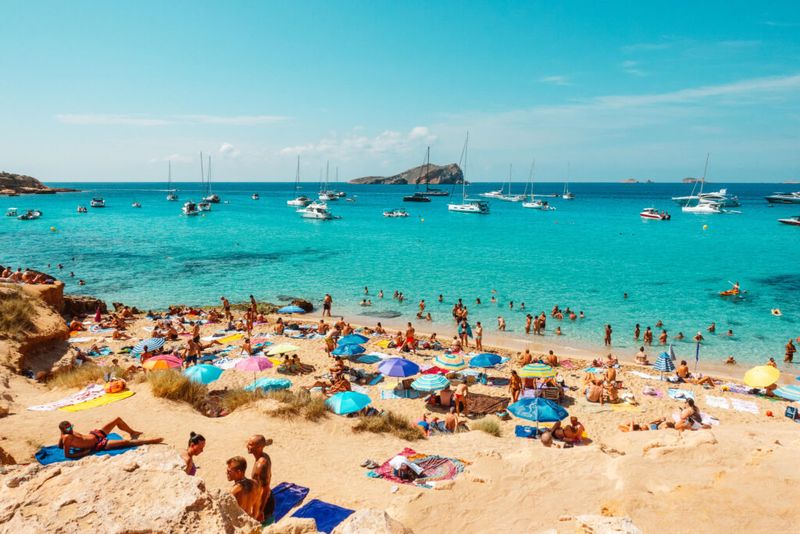
Ibiza’s reputation as a world-class party destination leaves non-clubbers wondering what all the fuss is about. Visitors seeking relaxation or family-friendly activities often find themselves in the wrong place, with limited options beyond the electronic music scene.
Summer crowds transform beaches into sardine tins where finding space for your towel becomes a competitive sport. Water quality suffers during peak season, with some beaches reporting concerning pollution levels from the sheer volume of visitors.
Service industry workers often seem burned out from the endless party atmosphere, resulting in indifferent or poor customer service. Many restaurants serve mediocre food at premium prices, knowing they have a captive audience. Travelers interested in Spanish culture find little authenticity amid the international party scene.
8. Oahu, Hawaii: Honolulu’s Concrete Jungle
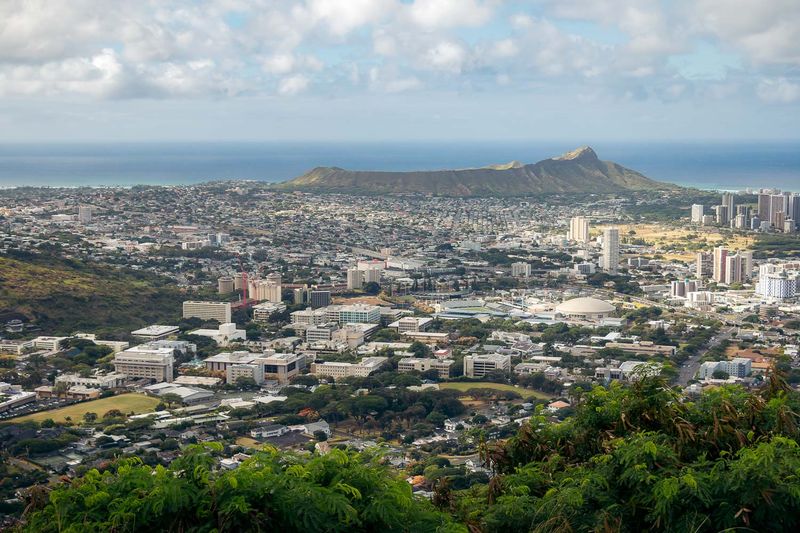
Waikiki Beach surprises first-time visitors with its urban setting – a narrow strip of sand overshadowed by high-rise hotels and constant crowds. The Hawaii of travel brochures seems miles away from this concrete reality.
Military presence throughout the island creates an atmosphere different from what many expect in a tropical paradise. Pearl Harbor and multiple bases remind visitors they’re still very much in America, not some distant exotic locale.
Tourist traps like overpriced luaus offer watered-down cultural experiences that feel manufactured for visitors. Authentic Hawaiian culture requires effort to find beyond the commercial attractions. Many leave wishing they’d chosen a less developed island for their Hawaiian vacation, where natural beauty still dominates the landscape.
9. Fiji: Resort Isolation Blues
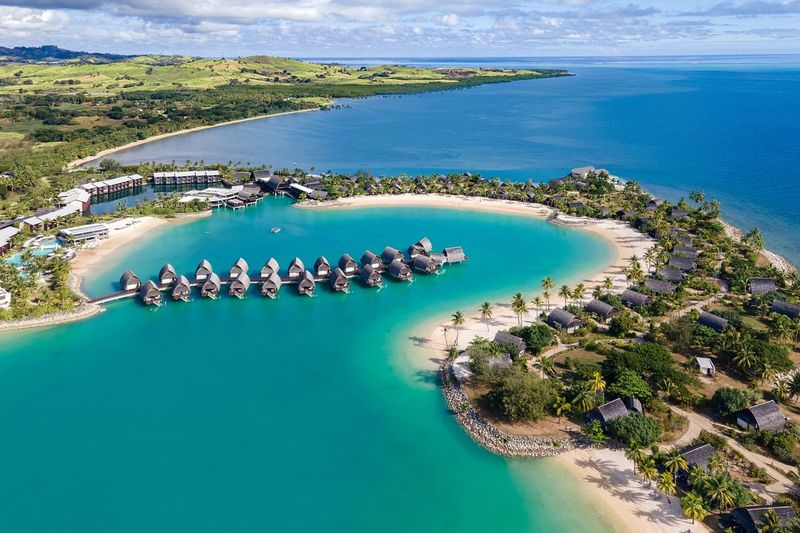
Resort confinement catches many Fiji visitors by surprise. Most accommodations sit on private islands or in isolated locations, making exploration of the actual country difficult without expensive boat transfers or tours.
Weather gambles don’t always pay off during the November-April wet season. Cyclones and consecutive days of heavy rain can trap visitors in their rooms, with few indoor activities available at most resorts.
Cultural interactions often feel staged rather than authentic. Resort-organized village visits can seem like human zoos rather than genuine cultural exchanges. The real Fiji – with its complex history, diverse population, and contemporary challenges – remains invisible to most tourists who experience only the sanitized resort version created specifically for visitors.
10. Bora Bora, French Polynesia: One-Trick Paradise

Bora Bora’s limited activities become apparent after the initial awe of its lagoon fades. Once you’ve snorkeled, taken a lagoon tour, and watched the sunset, you’ve essentially experienced everything the island offers.
Astronomical prices shock even wealthy travelers. A hamburger often costs $30+, while resort dinners routinely exceed $100 per person without alcohol. This value proposition leaves many questioning whether the beautiful water justifies such expense.
Weather disappointments hit hard when you’ve paid thousands for an overwater bungalow. Cloudy days turn the famous turquoise waters gray, while rain seasons can mean consecutive days without seeing the postcard views you traveled so far to experience. The remote location means you’re committed once there, with no alternative options nearby.
11. Capri, Italy: Daytrip Disaster

Cruise ship invasions transform Capri into a human traffic jam from approximately 10am to 4pm daily. The tiny island simply cannot accommodate the thousands who arrive simultaneously, creating an unpleasant experience for everyone.
The famous Blue Grotto often disappoints after a long wait in line. Many visitors find the experience rushed (lasting about 30 seconds) and uncomfortable, with boat operators demanding tips after an already expensive entry fee.
Price gouging reaches art form status here. A simple coffee might cost €10, while beach clubs charge €30+ just for chair access. Restaurants with views command astronomical prices for mediocre food.
Savvy travelers now recognize Capri is better enjoyed as an overnight destination after the day-trippers leave – or skipped entirely in favor of equally beautiful but less crowded Italian coastal spots.
12. Cozumel, Mexico: Cruise Port Chaos

Cruise ship domination defines Cozumel’s tourist experience. The main town transforms into a chaotic shopping mall when ships dock, with aggressive vendors harassing visitors to buy everything from diamonds to tequila.
Beach expectations often crash against reality. Many accessible beaches suffer from erosion, seaweed problems, or require expensive day passes to access. The pristine waters shown in brochures exist mainly in protected areas requiring paid tours.
Authentic Mexican culture proves difficult to find amid the cruise-focused economy. Restaurants near ports serve Americanized versions of Mexican food at inflated prices. Travelers seeking genuine local experiences must work hard to escape the tourist bubble, renting cars or scooters to reach less developed parts of the island where glimpses of authentic life remain.
13. Jeju Island, South Korea: K-Drama Disappointment
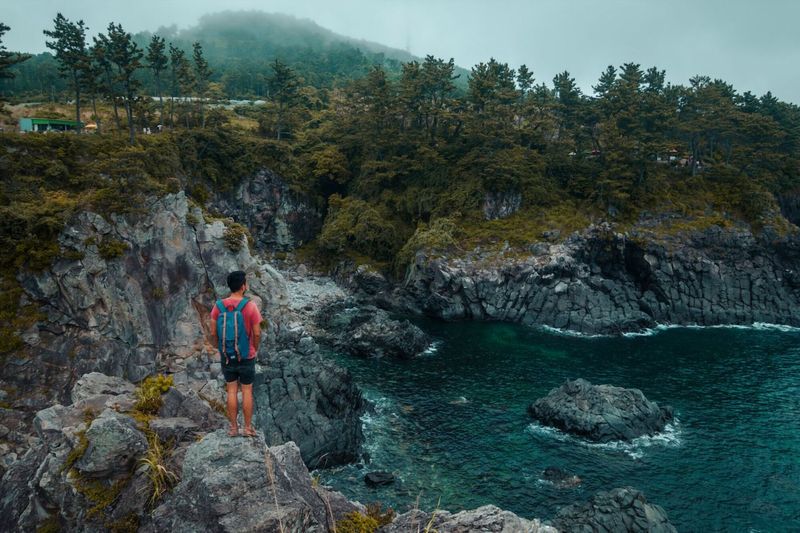
Jeju’s fame among Korean tourists hasn’t translated well to international visitors, who often find attractions bizarre rather than appealing. Places like Loveland (an erotic sculpture park) and teddy bear museums seem random rather than compelling reasons to visit an island.
Weather challenges plague many visits, with Jeju’s location making it prone to frequent rain and fog. The volcanic beaches feature black sand and rough waters – beautiful but not the soft white sand paradises many international tourists expect.
Language barriers create significant challenges for non-Korean speakers. Unlike Seoul or Busan, English is rarely spoken, and attractions often lack English signage or information. Many Western tourists leave feeling they never quite understood what makes the island so special to Koreans, missing the cultural context that would make their experience meaningful.
14. Nassau, Bahamas: Cruise Port Problems
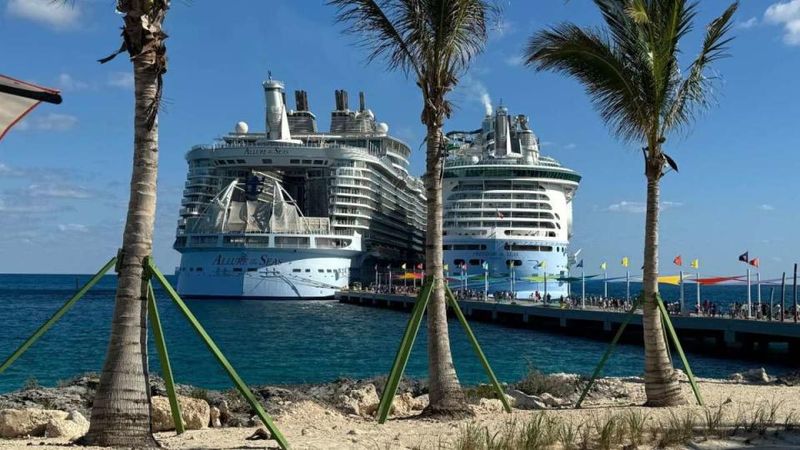
Beyond the cruise port lies a Nassau many visitors find troubling. Venturing just blocks from the manicured tourist areas reveals poverty and infrastructure problems that contrast sharply with the paradise image sold to visitors.
Beach access frustrates independent travelers, as many shorelines have been privatized by resorts. Public beaches often suffer from overcrowding when ships are in port, with thousands of passengers competing for limited sand space.
Aggressive vendors make relaxation difficult, constantly approaching with offers of hair braiding, jet skis, or souvenirs. Safety concerns prevent many tourists from exploring beyond the main areas, especially after dark. Most disappointed visitors are day-trippers who see only the artificial cruise port environment rather than experiencing the Bahamas’ true beauty found on less developed islands.
